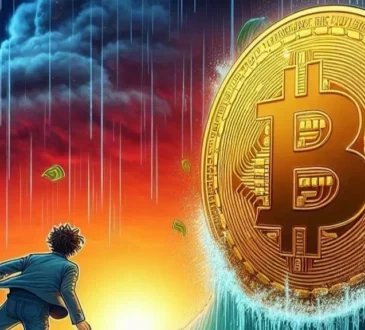So far this year, trading conditions on currency markets have been relatively steady, with the euro, dollar and sterling all operating in quite narrow ranges.
This is in marked contrast to periods of heightened volatility seen across other asset classes. The sharp (albeit short-lived) equity market rout of early August, the spike in sovereign bond yields amid the French elections, and the rapid hardening of rate expectations in the first quarter, followed by the more recent softening over the past month; all serve as examples of volatility seen elsewhere on markets.
Furthermore, given the fraught geo-political backdrop and the vast number of elections taking place globally this year, it is somewhat surprising that currency markets have not been more volatile. This may not persist, however, as central banks plot a path for further rate cuts in the coming months.
EUR/USD has operated between $1.06-$1.105 year-to-date, while EUR/GBP has traded between 83.8p-86.8p.
However, it should be noted that the euro registered its highs against both the dollar and sterling at the start of January. Thus, overall, the single currency has lost some ground in 2024. This is not surprising, as the ECB was the first out the blocks to cut interest rates back in June.
Meanwhile, from a sterling perspective, the pound has been supported by stronger-than-anticipated UK economic growth and expectations of a more stable political backdrop following Labour’s landslide election win. In contrast, the dollar has started to give away most of its year-to-date gains in recent weeks, as investors price in more aggressive rate cuts by the Fed in the coming months.
The one source of volatility on currency markets has been the yen. The currency has seen sharp fluctuations throughout 2024 as investors digested incoming economic data and the Bank of Japan has clumsily navigated its way out of its negative rate policy.
A sharp depreciation of the currency in the first half of the year spurred an intervention by the authorities at the end of April, but the currency reached 38-year lows against the dollar by July at ¥162.
A hike by the Bank of Japan at the end of July, accompanied by a hawkish outlook, reversed almost all of the year-to-date fall in the currency, but in the process created ructions on financial markets as yen carry trades were quickly unwound. The currency has since fallen back somewhat as Bank of Japan officials have backed away from a further near-term hike.
This highlights the importance of central bank policy and rhetoric to currency markets at present. With the major central banks likely to move at varying speeds as they embark on further rate cuts in the coming months, the era of becalmed currency markets may be nearing an end.
In this regard, the Jackson Hole Economic Symposium in the US will garner significant attention this week. Despite leaving policy on hold in July, investors will be paying close attention to Fed Chair Jerome Powell’s speech on Friday for any guidance on the future path of rates.
- David McNamara is Chief Economist with AIB




